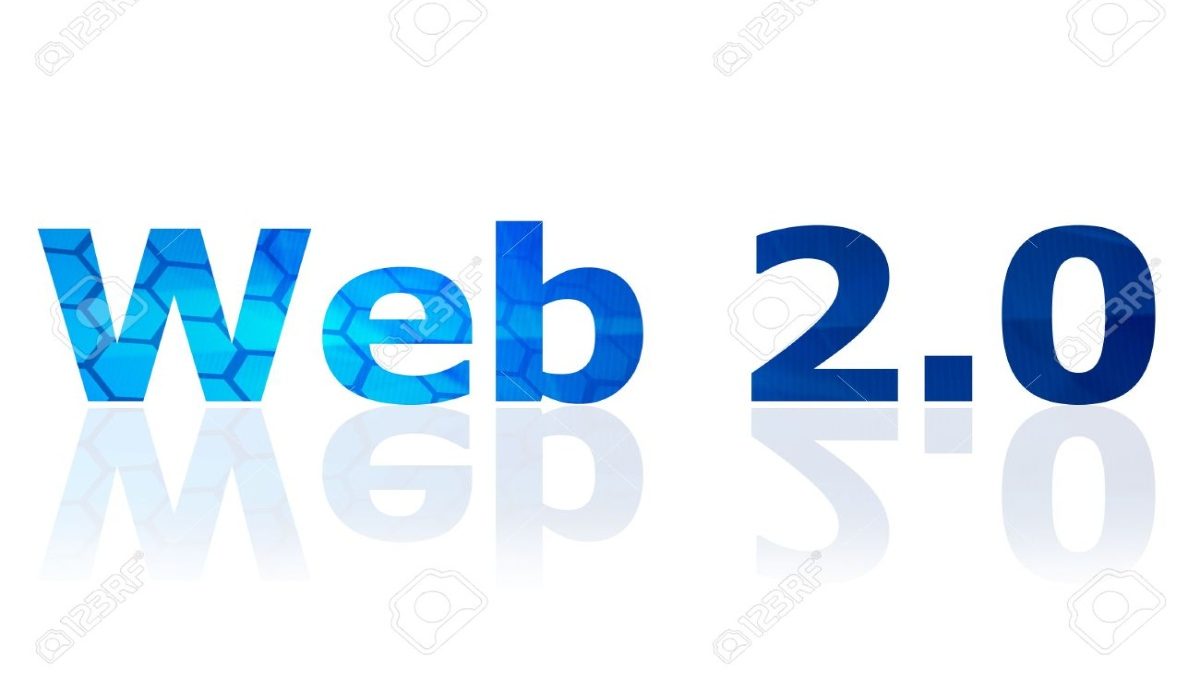Table of Contents
Web 2.0 With The Possibilities Of Interaction.
Web 2.0 is a term in 2003 that refers to the social phenomenon that has arisen through the development of various applications Internet. The time distinguishes between the first era of the web (where the user was a taxpayer who received or published the information without too many opportunities to generate the interaction revolution that rise of the Internet, from blogs, social networks, and other related tools.
Web 2.0, therefore, consists of content publishing platforms like Blogger; social networks like Facebook, wikis (Wikipedia); and photo, audio, or video hosting portals (Flickr, YouTube). The essence of these tools is interacting with other users or providing content that enriches the browsing experience
Web 2.0 Functions
It is important to note that there is no precise definition of Web 2.0, although it is possible to approximate it by configuring specific parameters. A website that is limited to presenting information and is not even up-to-date belongs to generation 1.0.pages offer a high degree of interaction and update the users’ contributions. is referring to as Web 2.0.
Until then, the Internet was a universe of primarily static data. A revolutionary reference source that drew millions of people to think passively about it. Although forums and chat originated from Web 1.0, they were very different from traditional sites (as is the case today); Navigating was like visiting a large shopping mall with countless stores selling products, but without changing the shop windows.
A social phenomenon
With the advent of Web 2.0, there was a social phenomenon that changed our relationship. To information forever Largely because it made us a part of it: Currently, the news about an animal abuse. Demonstration is not complete without showing how many Users are Facebook readers and I enjoyed. The percentage of readers who endorsed the movement and the comments that often provide important data or point out errors.
Like every milestone in human history, Web 2.0-related democracy has had a strong impact on traditional media. Especially those who did not know how to adapt to this new wave of freedoms. In the last decade, several independent newspapers and magazines have emerged that have managed.To establish themselves worldwide and achieve great success In contrast to the decline of the former giants.
Negative aspects of Web 2.0 and its evolution
It is not easy for journalists to accept that after an article that has been researched and prepare for days, users have the right to insult and despise . Threaten their loved ones or to publish photomontages with their faces; But these are some of the negative consequences of Web 2.0, and only if you accept them. And cleverly avoid abuse is it possible to succeed without dying trying.
Some experts combine the Web 3.0 with the Semantic Web, which consists of taking in semantic .Or ontological metadata (describing the content and the relationships between the data) that it can track by the processing systems.
The term Web 2.0 describes a new generation of websites. That enable people to collaborate. Online and exchange information in ways that were previously impossible. These types of websites are generally considered to be interactive, collaborative, or user-friendly


